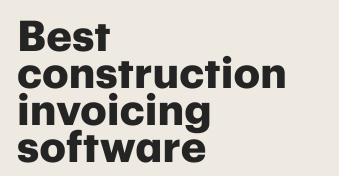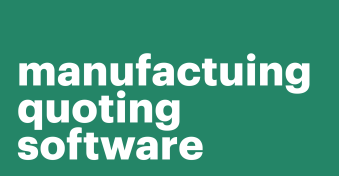Invoice management can feel like a cumbersome and time-consuming task for many businesses, fraught with inefficiencies and delays.
If you’re struggling with these issues, fear not! We’ve got you covered.
In this article, we’ll explore effective solutions to streamline your invoicing process, eliminate common problems like double-handling, and help you achieve a more efficient and proactive approach to managing invoices.
What is invoice management?
Also known as invoice processing, invoice management is the method businesses use to track and pay supplier invoices.
This involves receiving the invoice, validating its legitimacy, initiating payment, and recording it using invoicing or accounting software.
A proper invoice management system ensures timely payments, the smooth supply of goods and services, and positive relationships between vendors and small businesses.
The invoice management process
Invoice processing usually involves the following steps:
Receiving and checking the invoice
The majority of suppliers send invoices in PDF format and via email at the end of each month or at the end of service completion.
Aside from receiving the invoice, the company has to verify that the document has all the needed details for clear record keeping and to prevent any mistakes.
These include:
- Supplier information: Full name, address, contact details, and possibly tax identification number (TIN or VAT number).
- Invoice number: A unique identifier for the invoice, often sequential, for tracking and reference.
- Invoice date: The date the invoice is issued.
- Purchase order number: If applicable, referencing the PO issued by the buyer.
- Description of goods/services: Detailed list of products or services provided, including quantities and unit prices.
- Total amount due: The total cost, including itemized subtotals, taxes, and any applicable discounts or adjustments.
- Payment terms: The terms agreed upon, such as “Net 30” (payment due 30 days from the invoice date).
- Bank account details / payment gateways: Information for payment method, such as bank name, account number, and SWIFT/BIC code if international, or digital payment integrations added directly to the invoice to streamline collection.
- Due date: The final date by which payment should be made.
- Contact information: Supplier’s contact person for any invoice-related queries.
- Tax information: Any applicable taxes, including GST/VAT, clearly indicated and broken down.
Validating and recording an invoice
The next step is validating the captured data for accuracy, like checking purchase orders to ensure the services and products were received.
If there is a discrepancy in the amount billed, the issue should be resolved before the invoice is recorded and goes further to approval.
If the data is correct, accountants will need to record the invoice data and match it with the required paperwork for the invoice to receive a green light and be processed.
Approving and paying an invoice
The invoice approval process will vary by industry, company, team size, and established policy.
Some invoices are automatically approved on a monthly basis; others may need a more dedicated approach and final approval from a department head or CFO.
Depending on the above-mentioned factors, up to three people may be involved in the payment approval workflow.
Research suggests that two-thirds of businesses1 require more than 5 days per month to process invoices, and only half of the companies surveyed receive electronic invoices — factors that could lead to late payments, duplicate payments, or penalties.
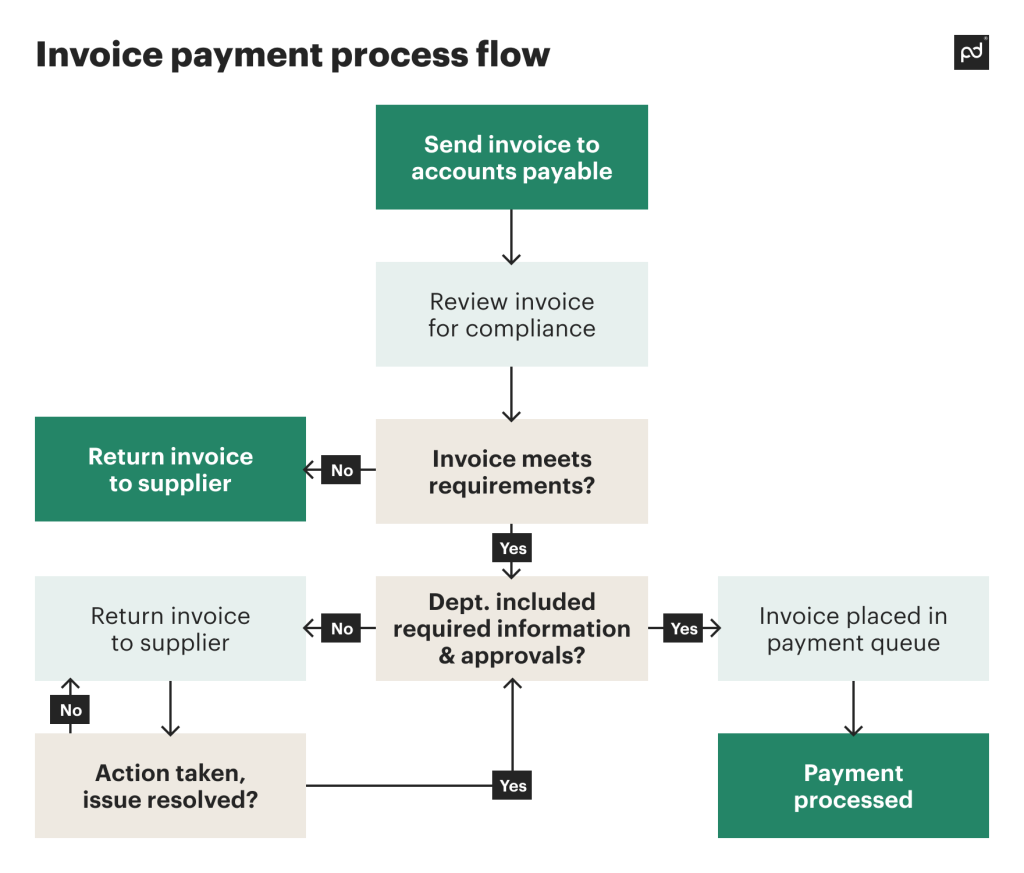
Manual vs. automated invoice management
Two approaches have different impacts on payment processes and cash flow.
Manual invoice processing is slower, prone to delays, human error, and “double handling,” which negatively impacts business cash flow and reputation.
Employing manual data entry for accounts payable (or accounts receivable) processes is often less secure, which makes it harder to track and analyze data — especially with paper invoices.
Automatic invoice processing, given the proper choice of invoice automation software, aids in security, transparency, speed, and reducing the majority of human mistakes.
Embracing automation not only saves time — it also benefits the bottom line, as over 50% of invoiced sales were overdue during the year leading up to Q3 of 2023, according to an Atradius report 2.
Using automation to manage invoices — implementation and best practices
Upgrading your invoice management process and switching to automated solutions should include the following practices:
1. Centralize invoice receipts and keep accurate records
Having a centralized invoicing hub allows businesses to capture, scan, and digitize documents from multiple sources, like fax, email, LinkedIn, and other communication channels.
Consider implementing invoice software that can extract, validate, and securely collect all invoices in one place.
This practice ensures no invoices are lost or overlooked, allowing teams to filter and categorize documents based on customized factors.
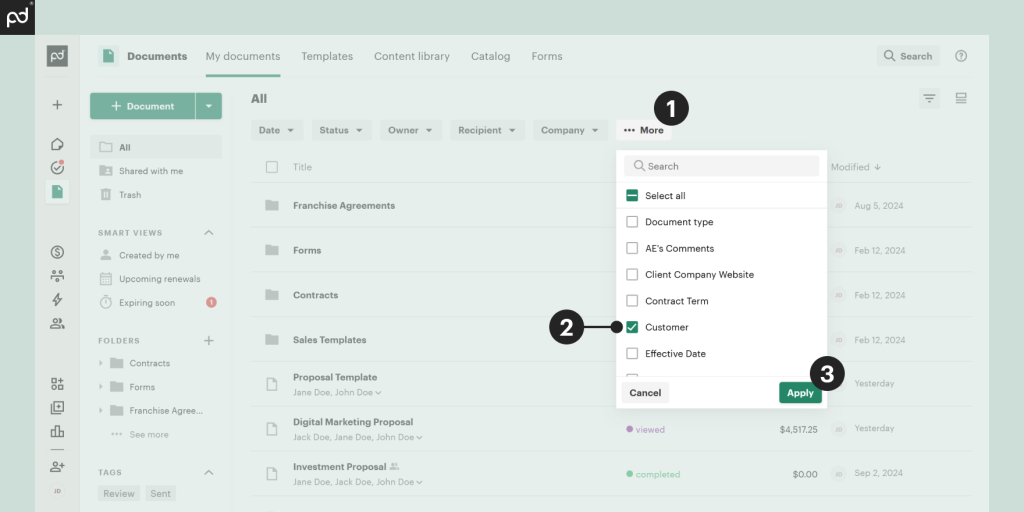
2. Use auto-reminders to avoid delays
Memorizing every invoice’s due date is unrealistic.
Thankfully, some billing apps allow users to create automatic reminders according to the due date of each invoice, ensuring teams never miss a payment deadline.
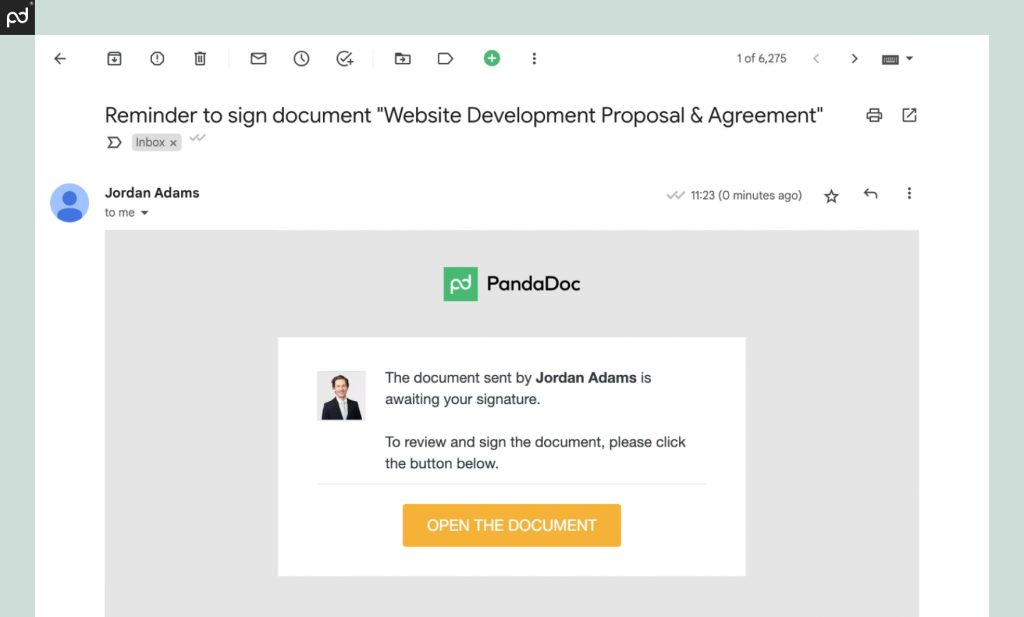
3. Utilize integrations for streamlined workflow
Switching between apps can cost as much as 40 percent of your productive time.3
Seek a document management app with a rich integration set.
Here are a some of the most useful examples:
CRM
Integrate with popular CRMs like Pipedrive, Zoho, and HubSpot.
This allows you to automatically populate and pull information to the invoice template or document you’re working on without leaving the CRM.
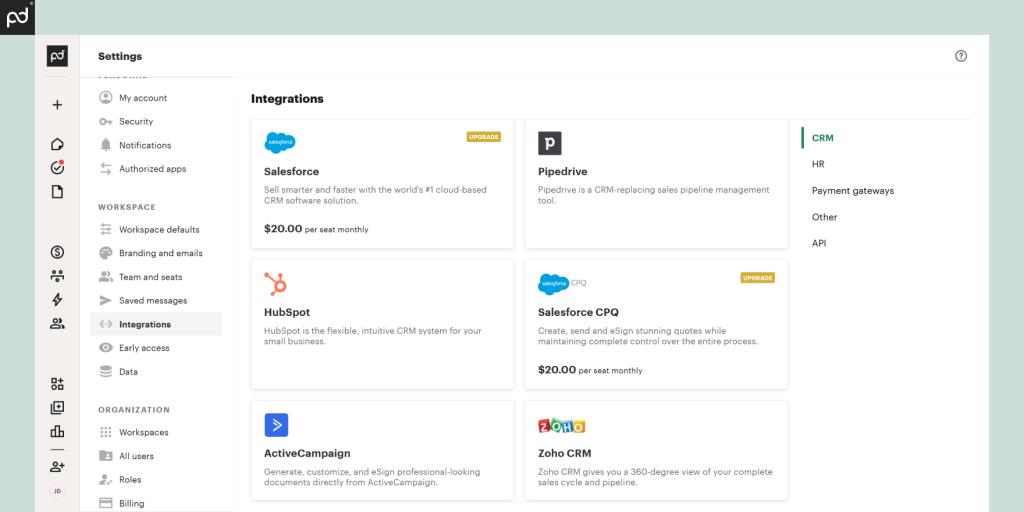
Payment
Fast-track getting your vendors and suppliers paid by integrating tools such as Stripe, Square, and PayPal.
By utilizing payment gateways attached to the invoices your team processes, you’ll add a layer of automation that is transparent and efficient.
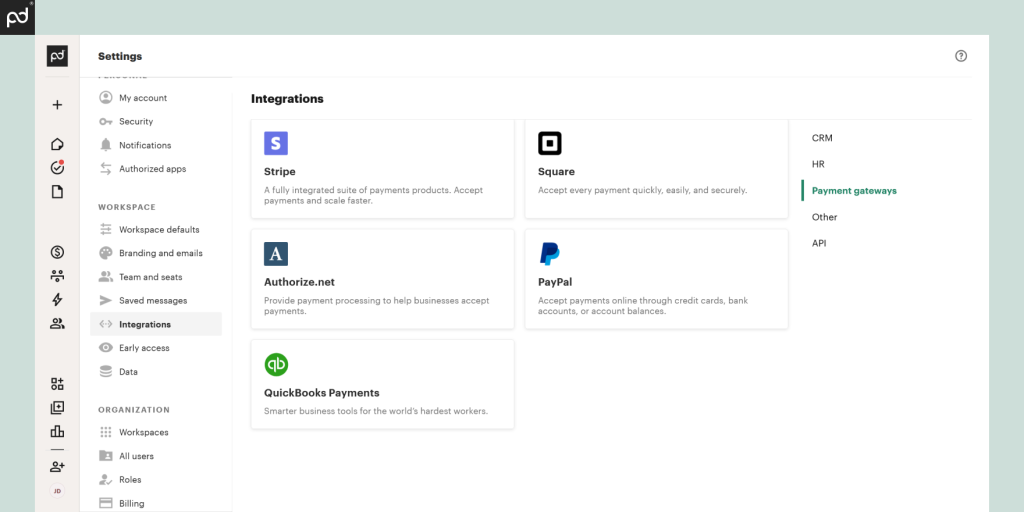
Productivity
Who doesn’t want to be more productive?
Rely on integrations like Slack for instant communication, or Microsoft Teams, where your crew can easily track, respond, and electronically sign documents without ever leaving the Teams environment.
Bottom line here:
Choose a tool that can be easily integrated with all your apps, allowing you to benefit from document management functionality without switching between platforms.
4. Monitor your document activity
You’ll want an invoice management system that lets you create a complete document audit trail at each step of the management process.
This feature allows you to stay informed about any changes made to an invoice and track when an invoice is opened, viewed, and signed.
5. Assign clear roles
Defining accountability is a must-have practice whenever invoice management involves several parties.
With a few people responsible for all invoice processing, the steps may get affected, interrupting cash flow and causing delays.
Opt for an invoice management tool that allows assigning user roles for editing, approving, and e-signing an invoice.
Separating duties among employees based on their roles and decision-making levels enables the smooth operation of and control over your accounts payable department.
Create an invoice management process with PandaDoc
Invoice management software allows businesses to take a more “hands-off” approach and no longer worry about delayed or missed invoices.
Key billing functionalities include document management, streamlined invoice template creation, automated approval workflows and e-signing, and secure data storage.
PandaDoc offers an easily searchable, automated, and centralized storage solution to streamline all invoice and payment processing.
With integrations like Zoho, HubSpot, Stripe, and Slack, to name a few, the platform also enables teams to expand the tool’s functionality with just a few clicks.
- Skynova, Invoicing Statistics Show in the article ↑
- Atradius, B2B payment practices trend, United States 2023 Show in the article ↑
- American Psychological Association, Multitasking: Switching costs Show in the article ↑

